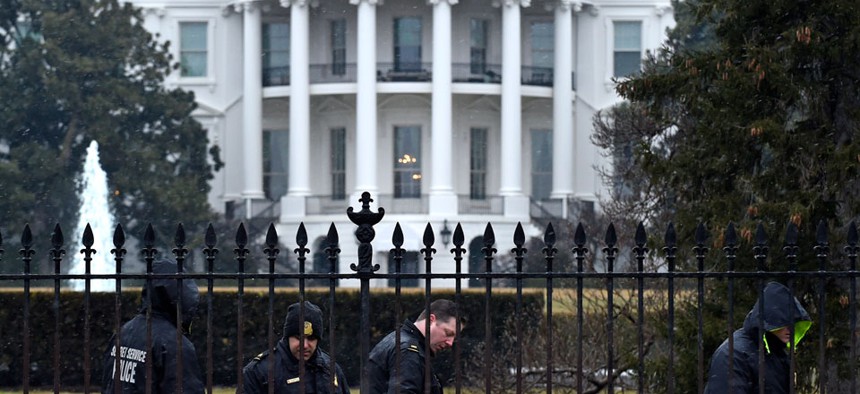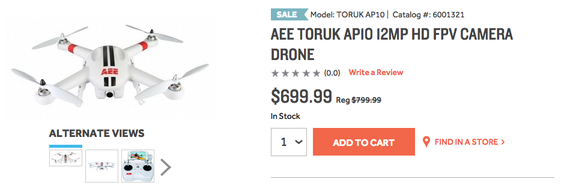Beware Stricter Drone Laws

Secret Service officers search the south grounds of the White House after a drone accidentally crashed there. Susan Walsh/AP
After a White House scare, could tougher regulations threaten Amazon's delivery dreams?
Forget fence-jumpers. News that a small drone crashed onto the White House lawn early Monday morning immediately stoked fears about whether the technology that the U.S. government uses to target terrorists overseas could be used against the homeland. Are the president and his family vulnerable to attack by an unmanned, too-tiny-to-detect device that virtually anyone could send to 1600 Pennsylvania Avenue?
Predictably, politicians reacted with alarm. "The eagle has crash-landed in Washington," cried Senator Charles Schumer of New York, in a statement that used the incident to amplify his call for FAA regulations on drones. President Obama was characteristically more cautious, but on Tuesday morning he noted that the drone that landed on his lawn "you buy at Radio Shack." He told CNN's Fareed Zakaria that more rules were needed , "to make sure these things aren’t dangerous and that they aren’t violating people’s privacy."
Yet viewed another way, the incident seems way overblown. The drone that penetrated the White House grounds and triggered a lockdown of the complex was essentially a toy, flown by a man who frantically called the Secret Service after it got away and insisted he never intended to land it near the executive mansion. This was no attempted assassination; it was the modern equivalent of a technophile briefly losing control of his remote-control airplane and sending it into the neighbor's yard. The president and first lady were halfway around the world on a visit to India. (It perhaps more closely recalls another aviation incident at the White House more than a century ago, when Harry Atwood nearly crashed his plane into the trees on a shaky approach to the South Lawn during a planned demonstration of flight.)

Of course, Monday's harmless outcome doesn't mean a recreational drone couldn't have been a real threat. As The New York Times noted, the incident occurred just days after the Department of Homeland Security held a symposium on the potential danger of drones. On display at the conference was the same type of drone—a DJI Phantom—as the one that crashed onto the White House grounds, only that version had three pounds of fake explosives attached to it. The other, more disturbing, element of the story was that the White House's radar system failed to detect the drone because, at just two-feet in diameter, it was too small. And it wasn't the first time in recent months that drones have violated the no-fly zone around the White House. (Not to mention that the Secret Service has not exactly sported a sterling record of late .)
In his interview with CNN, Obama mentioned a number of the "incredibly useful" functions that drones can have: delivering packages, as Amazon plans to do, crop management by farmers, environmental conservation, and more. He compared the debate over regulating drone technology to the one now occurring over cyberspace. But after Monday's scare at the White House, the days of being able to buy a drone at Radio Shack, or on Amazon.com , and flying it around like a toy plane could be coming to an end.
NEXT STORY: If You're Using Big Data, Press '1'





